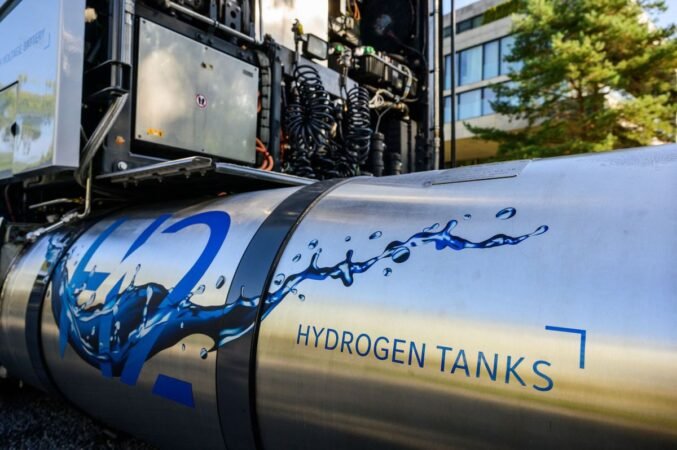Top Highlights
-
Accidental Discovery: Between 2002 and 2005, Techint Group engineers discovered a pyrolysis reaction in an electric arc furnace, splitting methane into hydrogen and carbon, but the breakthrough was overlooked for nearly 20 years.
-
Revival of Interest: With rising demand for pollution-free hydrogen production, Techint’s investors re-examined the forgotten innovation, leading to the formation of Tulum Energy to commercialize the process.
-
Competitive Edge: Unlike competitors, Tulum’s method avoids expensive catalysts and utilizes modified existing furnace technology, positioning it for quicker market entry.
- Promising Economics: Tulum aims to produce hydrogen at $1.50 per kg, making it competitive against current natural gas methods, while also generating valuable solid carbon as a byproduct.
The Rediscovery of an Accidental Innovation
In a surprising twist, a forgotten technology has resurfaced to meet modern energy challenges. Between 2002 and 2005, engineers at the Techint Group unintentionally created a pyrolysis reaction while working on an electric arc furnace for steel production. Instead of deteriorating, the carbon electrodes grew larger. This bizarre reaction split methane into pure hydrogen and solid carbon. At that time, society overlooked hydrogen production from methane due to a lack of interest and awareness. However, recent shifts in environmental consciousness have led to renewed interest in sustainable energy solutions.
Tulum Energy now spearheads this rediscovery, transforming a 20-year-old mistake into a promising business. The company recently raised $27 million in funding, signaling investor confidence in their approach. Unlike many competitors, Tulum’s process does not rely on expensive catalysts and optimizes existing technology. With a pilot plant planned in Mexico, Tulum aims to directly supply hydrogen and carbon to nearby operations, suggesting the potential for local sustainability.
Paving the Way for Affordable Hydrogen
Tulum Energy’s innovative technique offers exciting prospects for hydrogen production. By leveraging existing infrastructure, they hope to produce one kilogram of hydrogen for approximately $1.50 in the U.S. This price point sits comfortably against other hydrogen sources, especially when considering the additional revenue from selling solid carbon, a byproduct of their process. Such affordability may encourage broader adoption, helping various industries transition to cleaner energy.
The implications extend beyond Tulum itself. As other startups also explore methane pyrolysis, collaboration and competition within the sector could drive down costs and enhance efficiency. The urgency to find sustainable energy solutions grows daily, and Tulum’s newfound approach contributes meaningfully to that journey. Ultimately, this innovation highlights humanity’s resilience and creativity in the face of constantly evolving energy demands.
Discover More Technology Insights
Explore the future of technology with our detailed insights on Artificial Intelligence.
Discover archived knowledge and digital history on the Internet Archive.
TechV1

